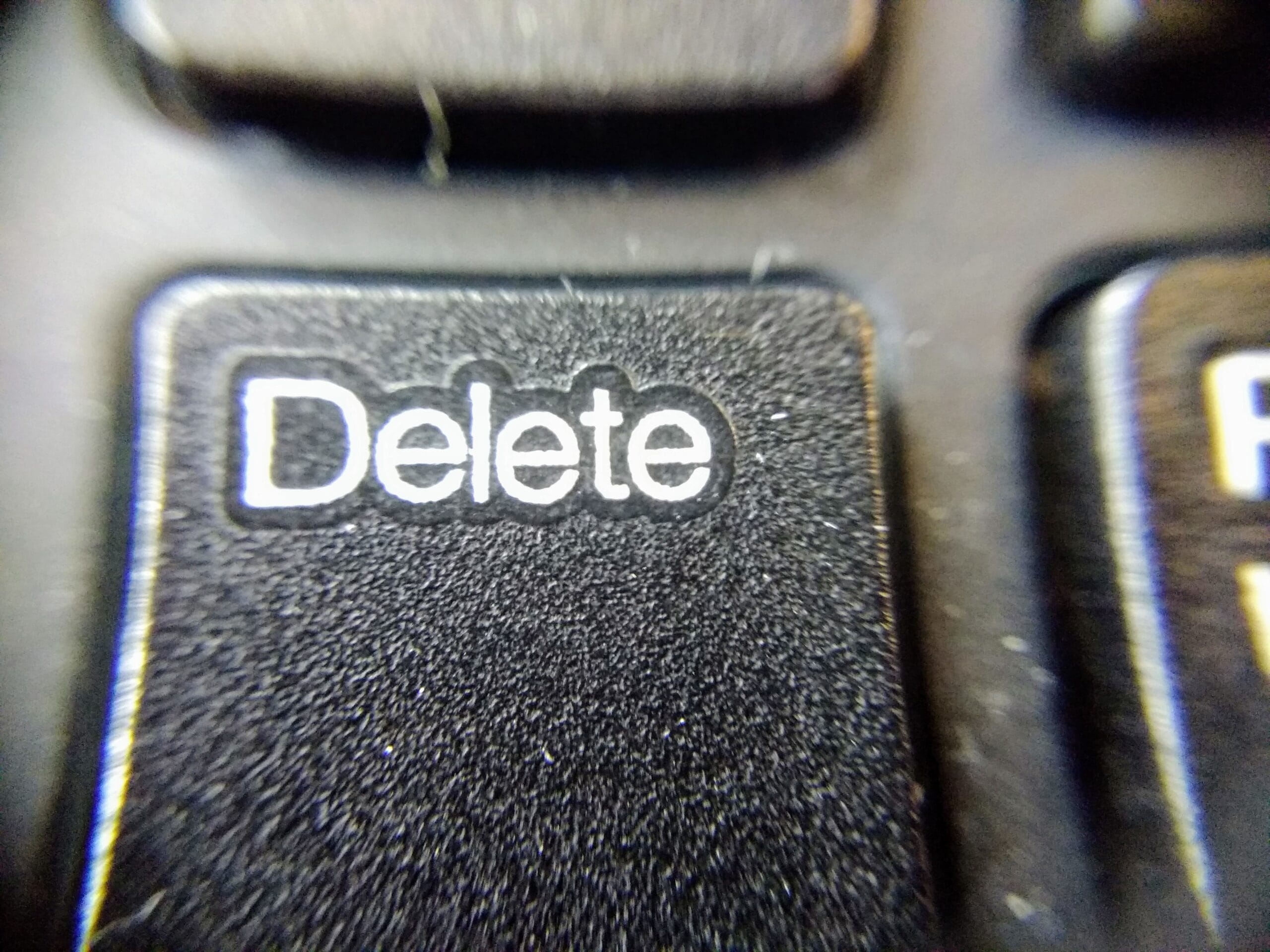Background
When case evidence has been deleted, it is common for one party to assume that spoliation has occurred and motion for sanctions under the FRCP Rule 37(e). However, the recent Hamilton v. Oswego Community Unit School District 308 case shows there are instances when unpreserved evidence does not equate to spoliation.
This case centered around the plaintiff seeking retribution from their child’s school for reporting abuse to the Department of Child and Family Services. The defendant failed to preserve two pieces of electronically-stored information (ESI) during discovery:
- A photo of a bruise on the child
- The alleged electronic notes from the school nurse
The defendant claimed that the school nurse had taken the photo of the bruise on the child but deleted it a few days later after discussing whether it was needed with the school administration. They claimed that this was the school’s standard practice with photos of this nature.
The school nurse examined the child and allegedly took notes, but it was impossible to see whether these had been modified or ever even existed because the school changed note-keeping software sometime after the event. The defense claimed that no details were written in the comments section of the alleged notes, and in her testimony, the nurse explained that sometimes notes would not save due to simple user errors like failing to hit save properly or exiting out of the program too quickly.
Without this evidence preserved, the plaintiff filed a motion for spoliation sanctions against the defendant.
Ruling
The court found the plaintiffs did not meet the FRCP threshold for spoliation sanctions across either piece of missing ESI. They stated that the school did not have a duty to preserve the photo or alleged nurse’s note because they could not have reasonably foreseen that litigation would be forthcoming. Additionally, because the plaintiffs speculated about the nurse’s note without offering proof that it ever existed, the court found that, “There is no duty to preserve that which does not exist.”
Even if there had been a duty to preserve the photo, the court explained that no spoliation would have occurred because the deletion was not prejudiced or intended to deprive the plaintiff of evidence. They found the explanation that the school typically deletes photographs within a few days after determining they are not needed any more “credible and applicable in this instance.”
Our Analysis
This ruling does not negate the duty to preserve relevant evidence when litigation is reasonably anticipated. However, a key takeaway in this case is that courts will consider the intention behind deletions when they do occur and tend to be lenient if there is a reasonable, credible explanation for why ESI was deleted or cannot be recovered. A further lesson concerns motioning for sanctions for deleted evidence: courts will look for proof that the ESI existed in the first place. As in any case, the larger context plays a role and here, the court noted that there was “sufficiently similar” evidence that meant these two items were not essential to the plaintiff’s underlying claims.





